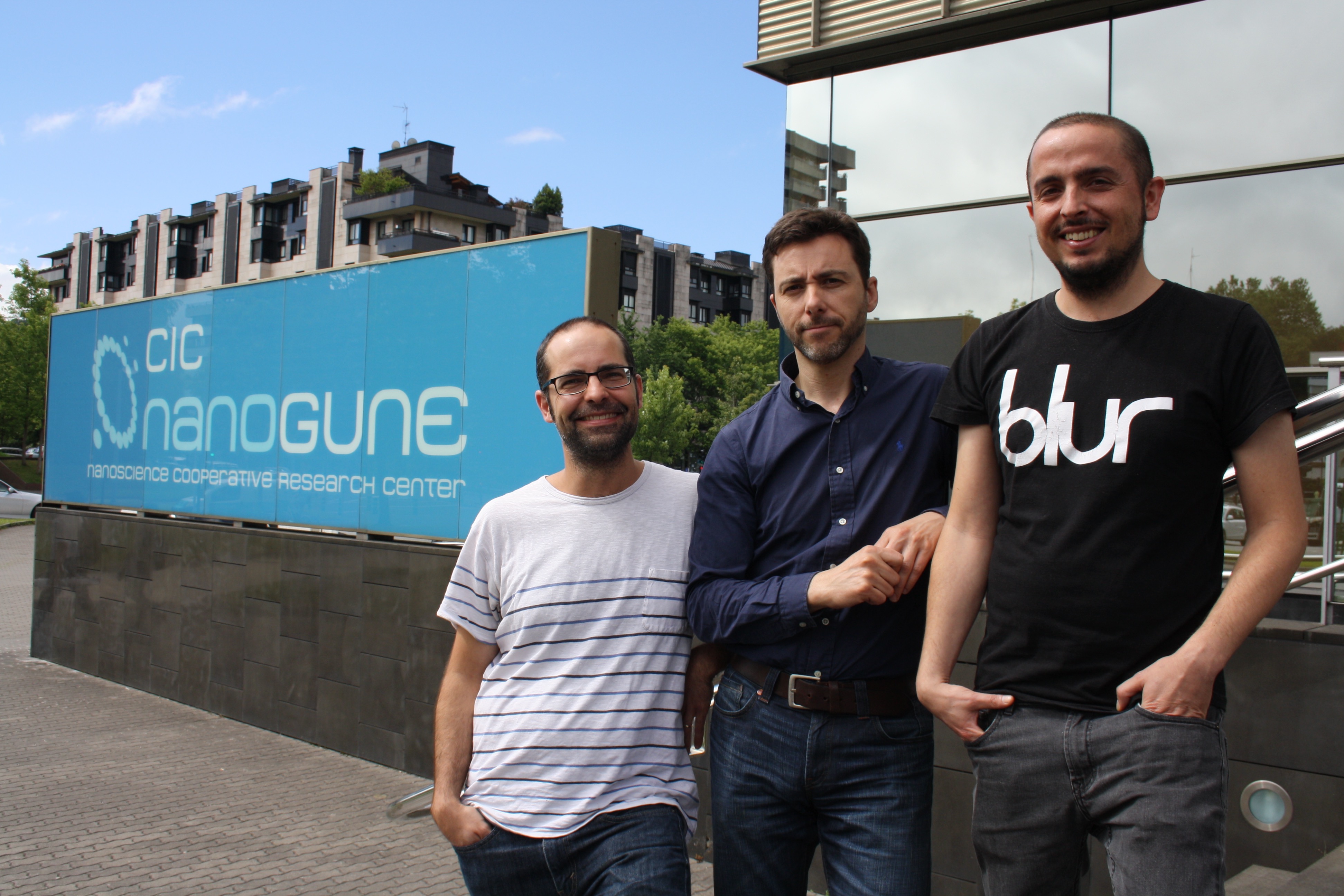
The Ikerbasque researcher Raúl Pérez-Jiménez of nanoGUNE’s Nanobiomechanics group has led a piece of research in which, starting from the sequences of the titin protein of a selection of modern day animals, they inferred the phylogenetic tree of tetrapods (all animals with four limbs including mammals, birds, reptiles and amphibians), and reconstructed the sequence that this protein would have had in the common ancestors of these animal groups. After obtaining their sequences, they synthesised a part of the ancestral proteins and studied their mechanical and chemical properties in the laboratory.
This has enabled them to find a link between the properties of the protein and the body mass of the animals, which they have been able to confirm in the fossil record of each epoch. The scientific journal Nature Structural & Molecular Biology has just published the results of the research carried out by the nanoGUNE researchers (including Ikerbasque Research Fellow David de Sancho) in collaboration with the CNIC.
Reference:
Mechanochemical evolution of the giant muscle protein titin as inferred from resurrected proteins
A. Manteca, J. Schönfelder, A. Alonso-Caballero, M. J. Fertin, N. Barruetabeña, B. F. Faria , E. Herrero-Galán, J. Alegre-Cebollada, D. De Sancho, and R. Perez-Jimenez.
Nature Structural & Molecular Biology, July 2017. DOI: 10.1038/nsmb.3426
.png)
